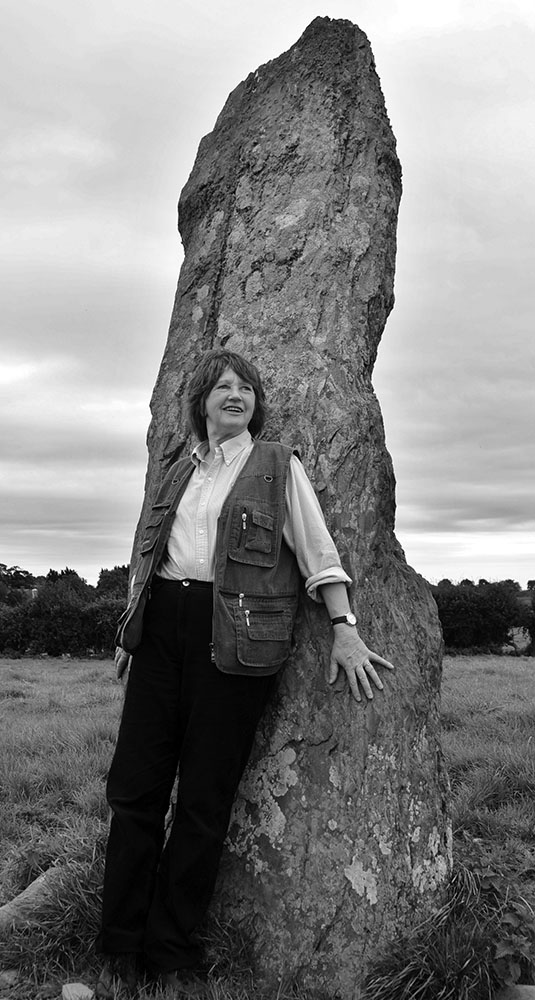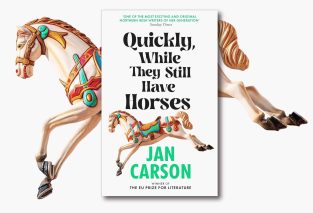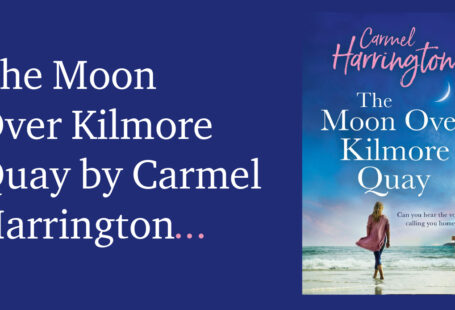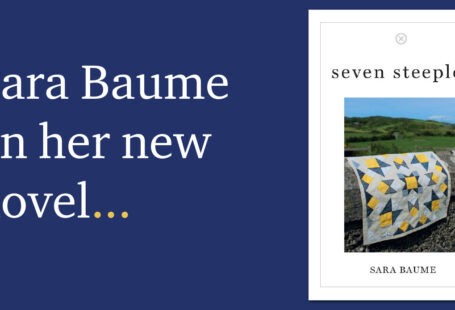Jo Kerrigan tells us how her latest book came about.
Over the past twenty years or so, Richard and I have been exploring Ireland’s scenery and history for our books. Each time, our explorations provided so much more than was required – stories heard in small harbours or on windswept coasts, mystery in abandoned seashore villages. Who hasn’t imagined smugglers storing their goods in those caves, or wondered what vessels once tied up at these grass-grown quays, used those rusted mooring rings? Was this the place where that famous shipwreck took place? Who emigrated from this port, never to return? When it came to it, these filled a book on their own.
Ireland’s ancient legends of the sea and our earliest settlers are included; the imramma or mythical sea voyages undertaken by Mael Duin and others, which formed the basis for the St Brendan legend. The Fomorians and the dreaded Balor of the Evil Eye (we were thrilled to establish that Balor’s home was not on Tory as generally believed, but on Derinish, off the Sligo coast). The Vikings, of course, Barbary pirates, traders coming for millennia to exchange their goods for ours, smugglers (they preferred to call themselves free traders) running their small craft into hidden inlets on moonless nights. Granuaile. The great tradition of Irish boatbuilding. The Sirius. Seaweed gathering, pilchard curing, fishing expeditions to the Arctic. The pilots of Scattery Island. The ever-changing weather which brought storm and shipwreck.
Hard to believe that Ireland was actually the cradle of today’s international communications network, but it was, with first Reuter and then Marconi, setting up their contact systems down in West Cork. The old claim that the Cork Examiner often beat the London Times with the latest news is entirely true. Barrels containing mail and newspapers were dropped overboard from passing liners, and the stories were tapped along the telegraph wires to Cork. That was how the news of Abraham Lincoln’s assassination first reached Europe. The zealous Reuter correspondent in New York, finding the liner had already sailed, chartered a small tug and chased it out into the harbour, until he could toss his packet with the shattering story on board. Later, Marconi proved it possible to transmit long-distance radio signals from the same tower on Brow Head used by Reuter. The transatlantic telegraph cable which reduced the time for sending messages between Europe and North America from weeks to minutes, was laid from Valentia Island in Kerry to Newfoundland. The very first cable was sent from here. From that stemmed the huge world of today’s technological advances which make it possible to exchange thoughts and ideas across the globe in an instant.
From earliest times to the present day, our lives have been inextricably linked with the sea which surrounds us. This book records at least some of that history.
Stories from the Sea: Legends, Adventures and Tragedies of Ireland’s Coast by Jo Kerrigan and Richard Mills, published by The O’Brien Press, is out now.

JO KERRIGAN was born and bred in Cork, where she took her first two degrees at UCC before moving to the UK to continue her academic work. After a distinguished career there, including winning the Oxbow Prize for medieval history at Oxford, she returned to her roots to apply her research skills to Ireland’s undiscovered past. A specialist in ancient crafts and folklore, she now devotes herself to exploring how everyday life was lived long ago. Her books include Follow the Old Road, Old Ways, Old Secrets, Brehon Laws and her new book, Stories from the Sea, is out now.






Recent Comments